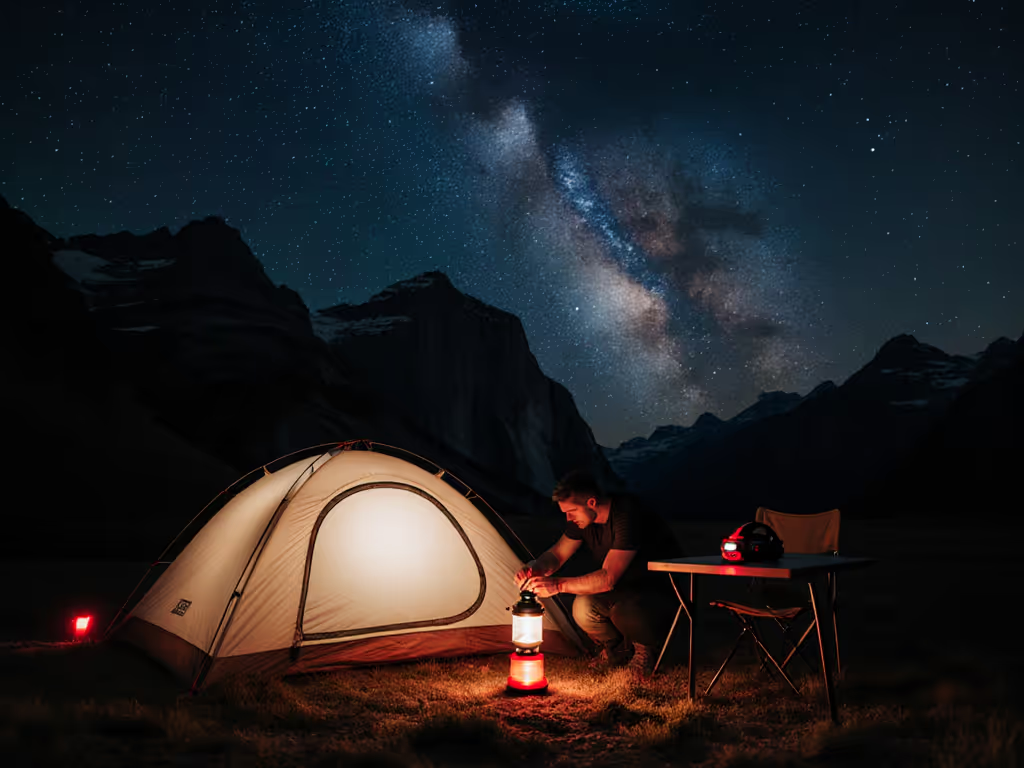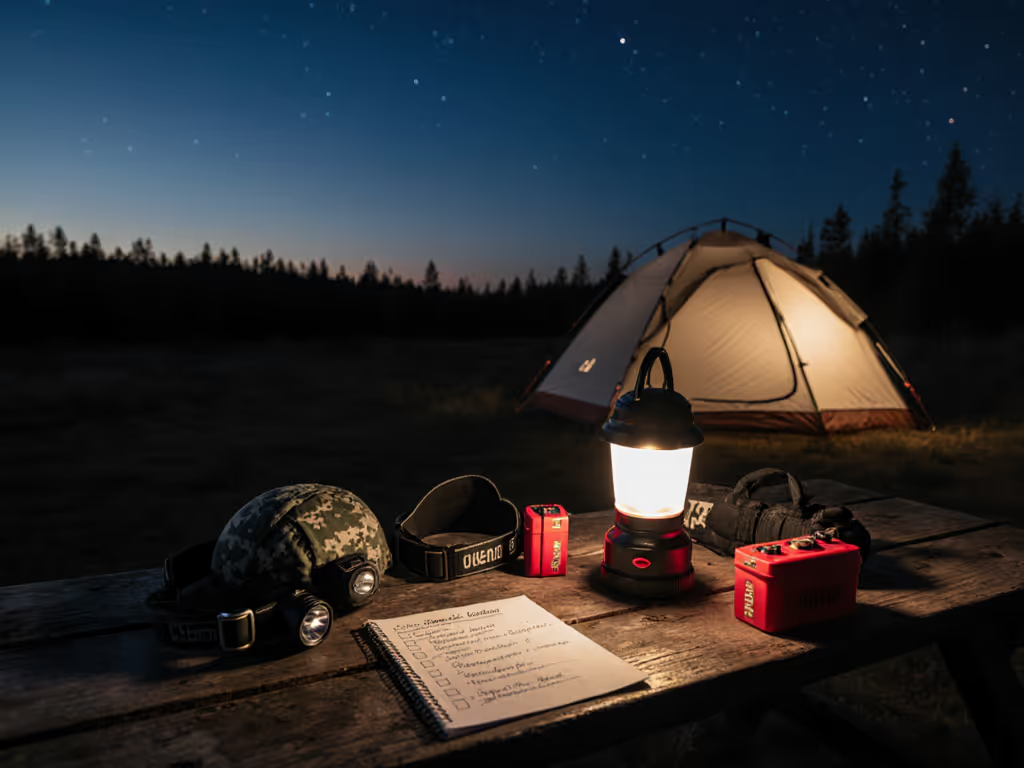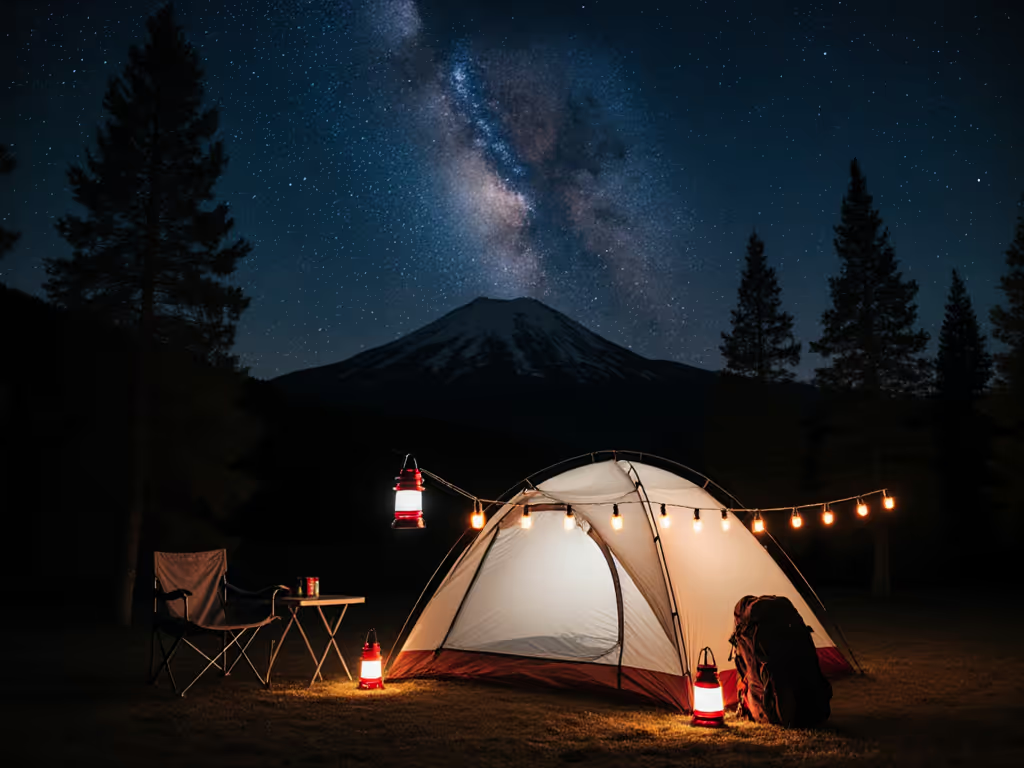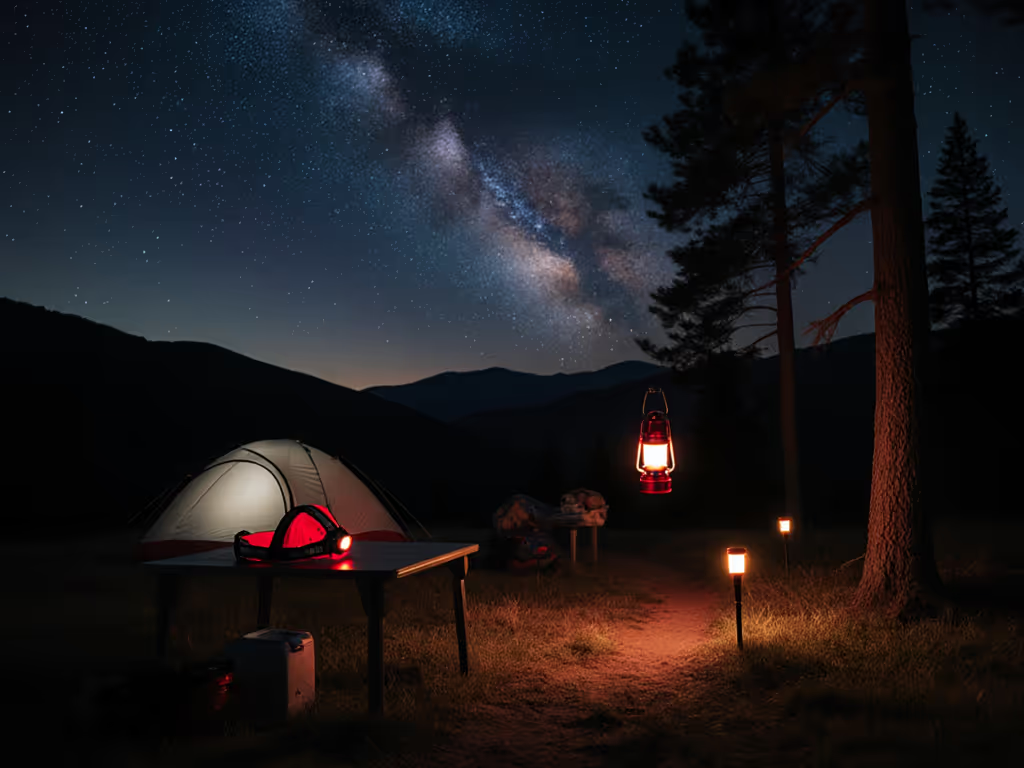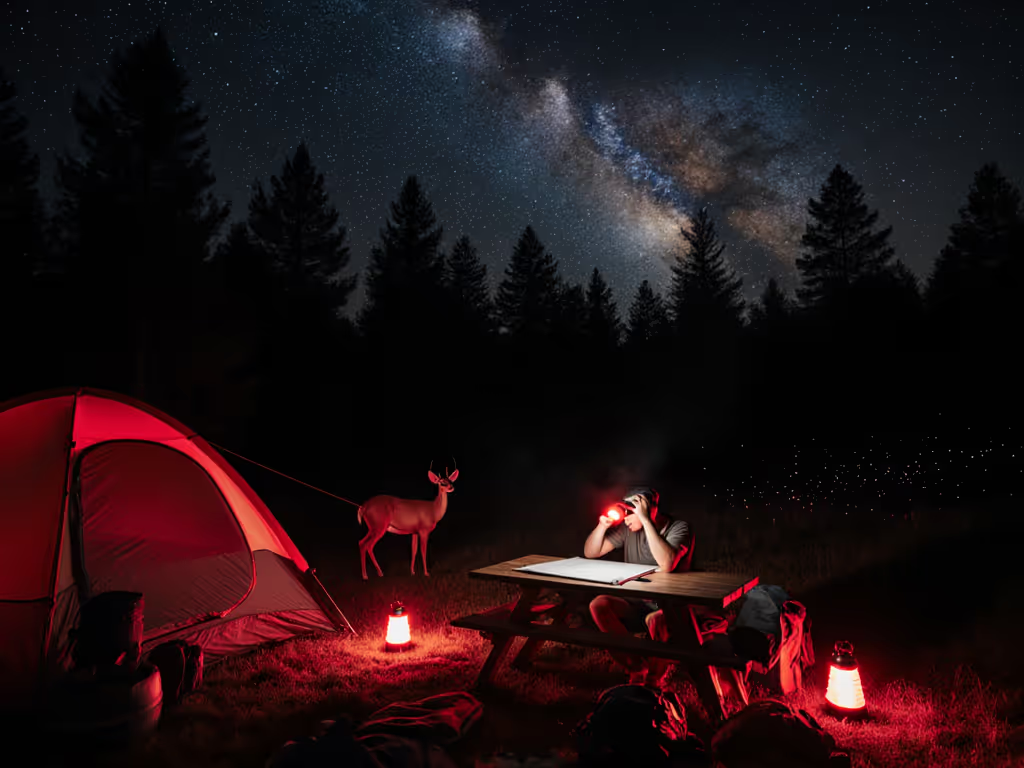
Red Light Camping: Fix Light Impact on Sleep Science
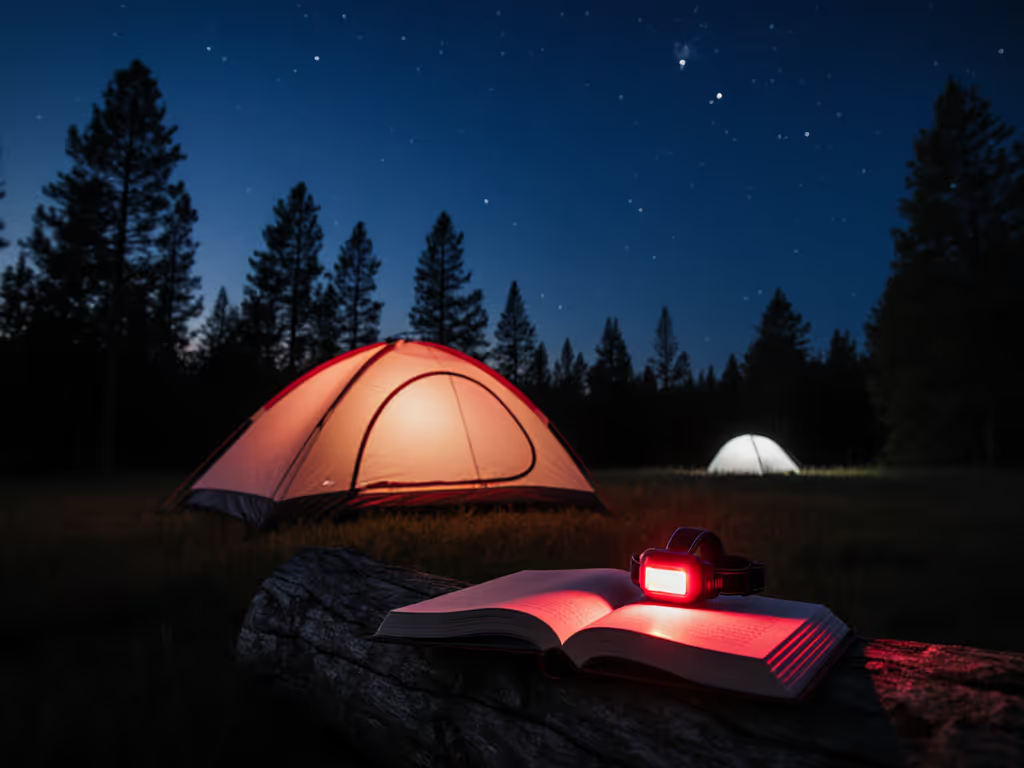
If your tent camping lights are disrupting your sleep, you're not alone. Scientific research confirms what many campers have experienced firsthand: light impact on sleep extends far beyond simple discomfort (it rewires our biological clocks). I've seen this repeatedly while organizing community trips, where headlamps left on cool-white mode create a ripple effect through an entire campsite. Preparedness equals clarity plus restraint; fewer, better pieces that work together will always outperform a cluttered lighting arsenal. Let's fix this with evidence-based solutions that respect both our circadian rhythms and our neighbors' star-gazing peace.
The Science of Light and Sleep: Why Your Camping Lights Matter More Than You Think
Research published in the Journal of Biological Rhythms confirms what our bodies already know: exposure to artificial light after dark directly suppresses melatonin production. In a landmark study of indigenous Toba/Qom communities in Argentina, researchers found that those with access to electricity slept approximately 40 minutes less in summer and a full hour less in winter compared to their counterparts living under natural light conditions. This wasn't due to later wake times but rather delayed sleep onset (precisely because of nighttime light exposure).
When we're exposed to bright, cool-white light after sunset, our suprachiasmatic nucleus (the brain's master clock) receives mixed signals. It's dark outside, yet our eyes tell it otherwise. This confusion inhibits melatonin secretion, the same hormone that should be signaling "bedtime" to our entire system. As Dr. Kenneth Wright from the University of Colorado explains, modern humans experience "dimmer light during the day and brighter light at night," weakening the natural contrast that regulates our sleep-wake cycles.
Circadian Rhythm Camping: More Than Just a Buzzword
When we talk about circadian rhythm camping, we're discussing intentional practices that align our outdoor experiences with our biological hardwiring (not fighting against it). Consider this: your campsite lighting isn't just about seeing where you're going; it's actively shaping everyone's sleep architecture.
One field study published in Current Biology found that after just one weekend of camping with natural light exposure, participants' melatonin onset shifted about 1.4 hours earlier. Their internal clocks had literally reset to match the natural light-dark cycle. This has profound implications for how we should approach our camping sleep quality.
Spend less, waste less, light with intention and care.
Red Light Benefits: The Science-Backed Solution
Here's where red light benefits become your camping superpower. The human eye contains different photoreceptors, and the ones most sensitive to blue light (which most camping lights emit) are exactly the ones that suppress melatonin. Red light, particularly in the 600 to 700 nm range, barely registers with these receptors while still providing enough illumination for essential camp tasks.
Field-tested evidence shows that switching to red light:
- Preserves night vision (critical for safety checks)
- Minimizes melatonin disruption
- Creates less light pollution that disturbs wildlife
- Maintains campsite calm without disturbing sleep
I learned this through hard experience during a windswept beach camp where our lighting strategy failed spectacularly by night two. By replacing multiple failing lanterns with a single integrated system featuring red-light options, we achieved better sleep quality without compromising safety (same budget, half the weight, zero complaints).
Practical Implementation: Building Your Red-Light Camping System
You don't need expensive gear to implement this science. The key is creating a lighting ecosystem where every piece serves a purpose without disrupting sleep cycles. Remember, budget is a feature (not a limitation) when you design intentionally.
Step 1: Conduct a Light Audit
Before your next trip, evaluate your current setup:
- Which lights default to cool-white (5000K+)?
- Do any offer a dedicated red mode (not just a filter over white light)?
- What's the actual runtime at low-red settings versus marketing claims?
Step 2: Prioritize Red-Light Capabilities
When selecting tent camping lights, prioritize these features:
- Dedicated red channel (not just a white light with red filter)
- Dimming capability down to 1-5 lumens
- Warm white options (2700K or lower) for social areas
- Physical lockout for red mode (prevents accidental switching)
That Fenix E12 V3.0 I keep in my emergency kit? Its true red mode becomes essential after 9 PM when white light would disrupt camp sleep rhythms. The magnetic base lets me position it perfectly under a diffuser for tent lighting without glare.
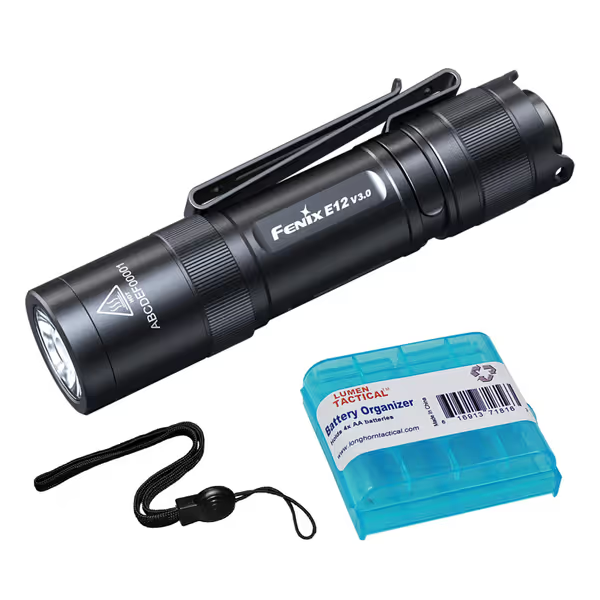
Fenix E12 V3.0 EDC Flashlight
Step 3: Create Your Lighting Timeline
Map your evening activities against light needs:
| Time | Activity | Recommended Light | Color Temp | Brightness |
|---|---|---|---|---|
| 5-7 PM | Cooking, setup | Warm white | 2700-3000K | 100-200 lumens |
| 7-9 PM | Socializing | Amber | 2200K | 50-100 lumens |
| 9 PM+ | Quiet hours | Red | N/A (red) | 1-10 lumens |
The Bigger Picture: Lighting with Community in Mind
Your lighting choices affect more than just your own sleep. Light pollution disrupts wildlife behavior, impacts other campers, and diminishes the star-filled nights we all seek. The Princeton Tec headlamps many of my guided groups use feature a dedicated red mode that's instantly accessible (no confusing menu dives when you need to check on sleeping kids without waking them).
True camping lighting mastery means creating a system where:
- Everyone knows where red-mode switches are
- Tent interiors use diffused, low-level lighting
- Path markers provide just enough guidance without glare
- Group norms respect quiet hours and dark-sky principles
Your Action Plan for Better Sleep Under the Stars
This weekend, implement just one change: Before bed, replace all white-light sources with red alternatives. Notice how your sleep quality shifts. Track your wake-up energy for three nights and compare it to previous camping trips.
Keep your bill-of-materials visible and costs transparent. You'll find that investing in a few high-quality, repairable lights with proper red-light capabilities pays dividends in better rest, less frustration, and more memorable experiences. I've built entire community kits around this principle, always prioritizing total cost of ownership over initial price.
When we align our tent camping lights with our biological needs rather than fighting them, something remarkable happens. The stars feel louder, the conversations softer, and no one begs for spare AAAs. That's the power of lighting with intention, not just for better sleep but for deeper connection with the natural world we've come to enjoy.
Remember: light impact on sleep is within your control. Design your lighting strategy with the same care you give to your meal plans and navigation systems. Your rest, and your companions' rest, will thank you.

